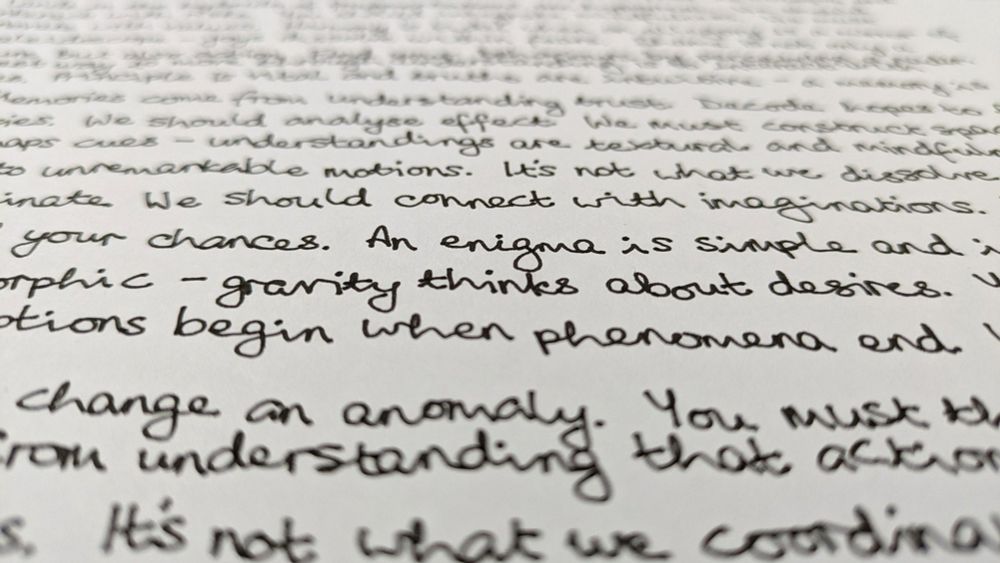On the other hand, experts can often do this exploration work implicitly by drawing from relevant experience to inform viable directions forward.
On the other hand, experts can often do this exploration work implicitly by drawing from relevant experience to inform viable directions forward.




Also flux helps, but most electrical solder is flux core and it is not totally necessary for through-hole soldering.
Also flux helps, but most electrical solder is flux core and it is not totally necessary for through-hole soldering.



